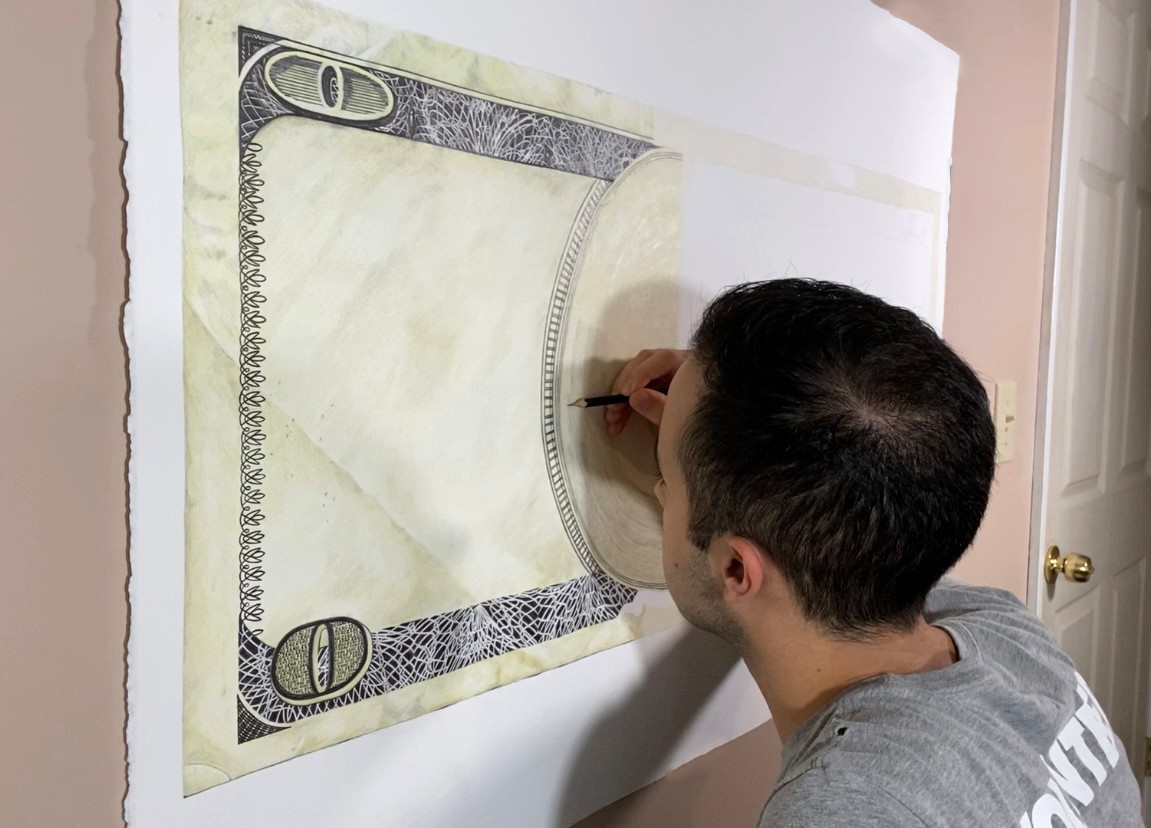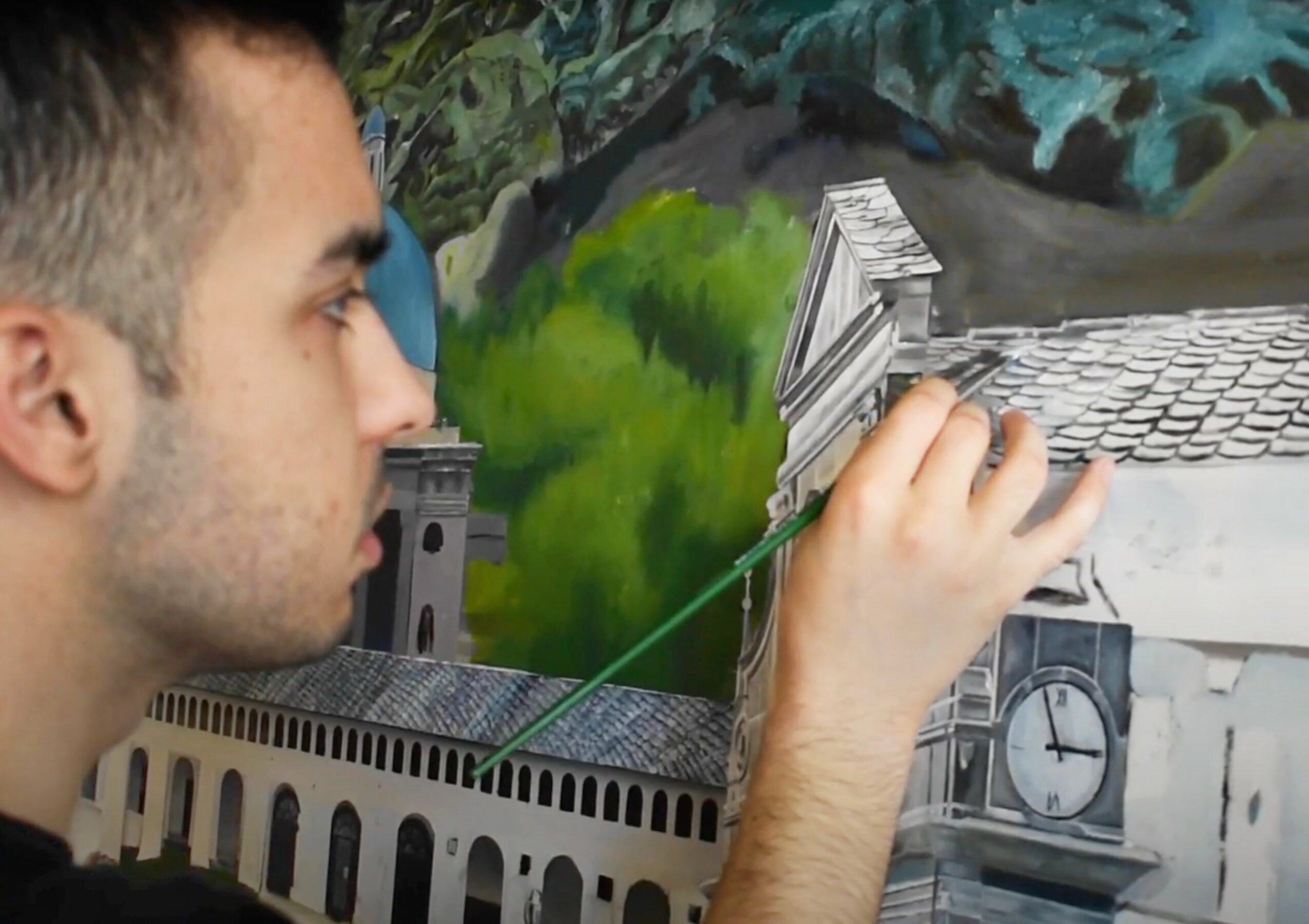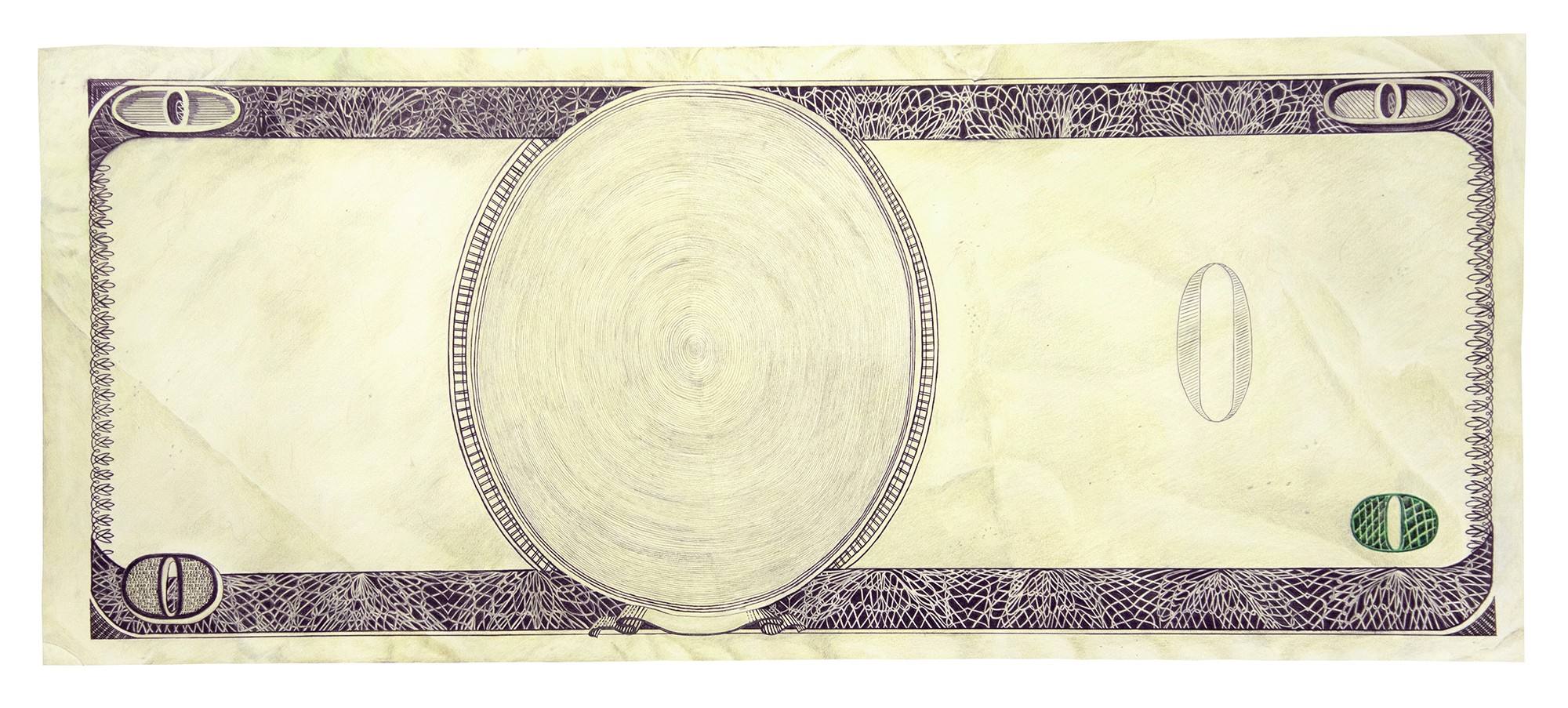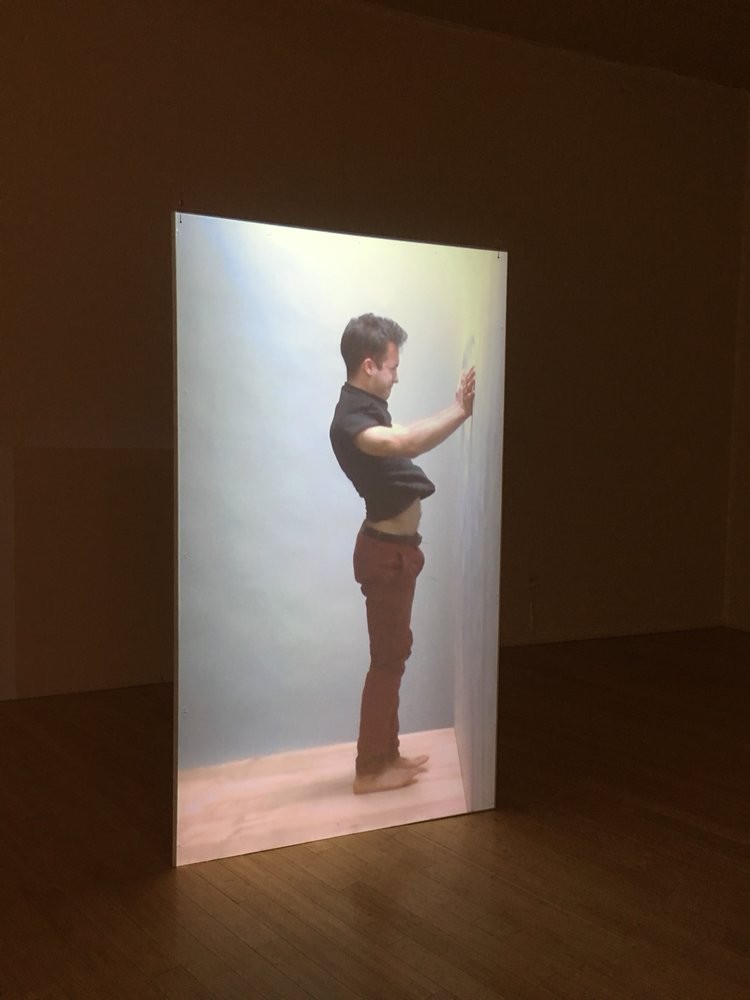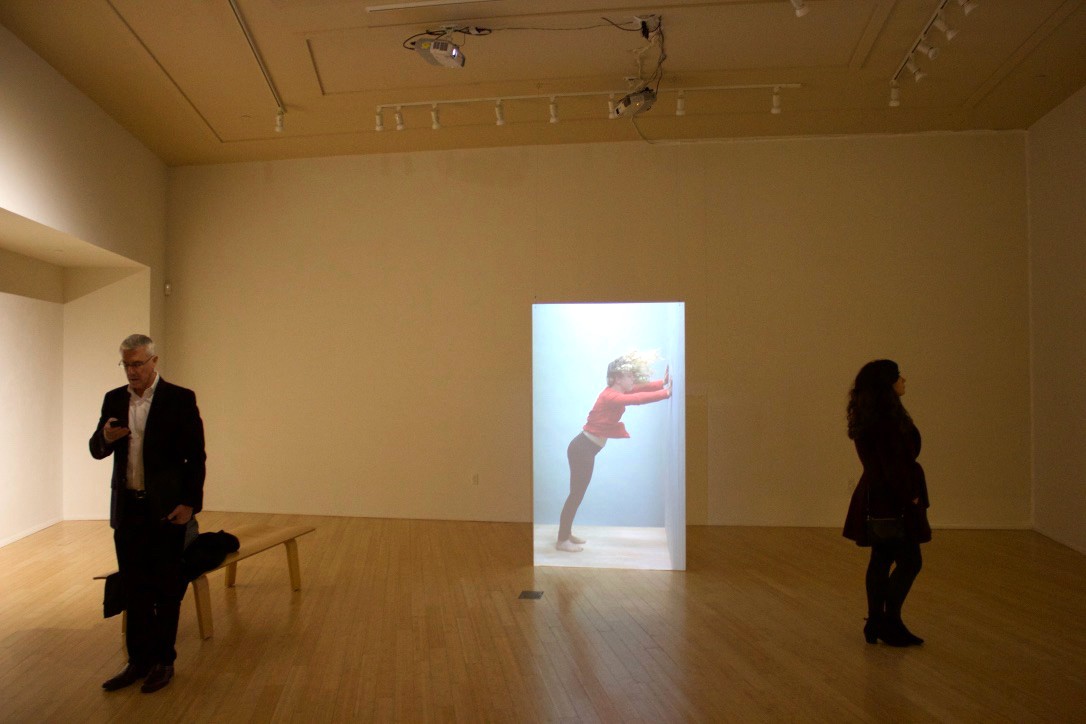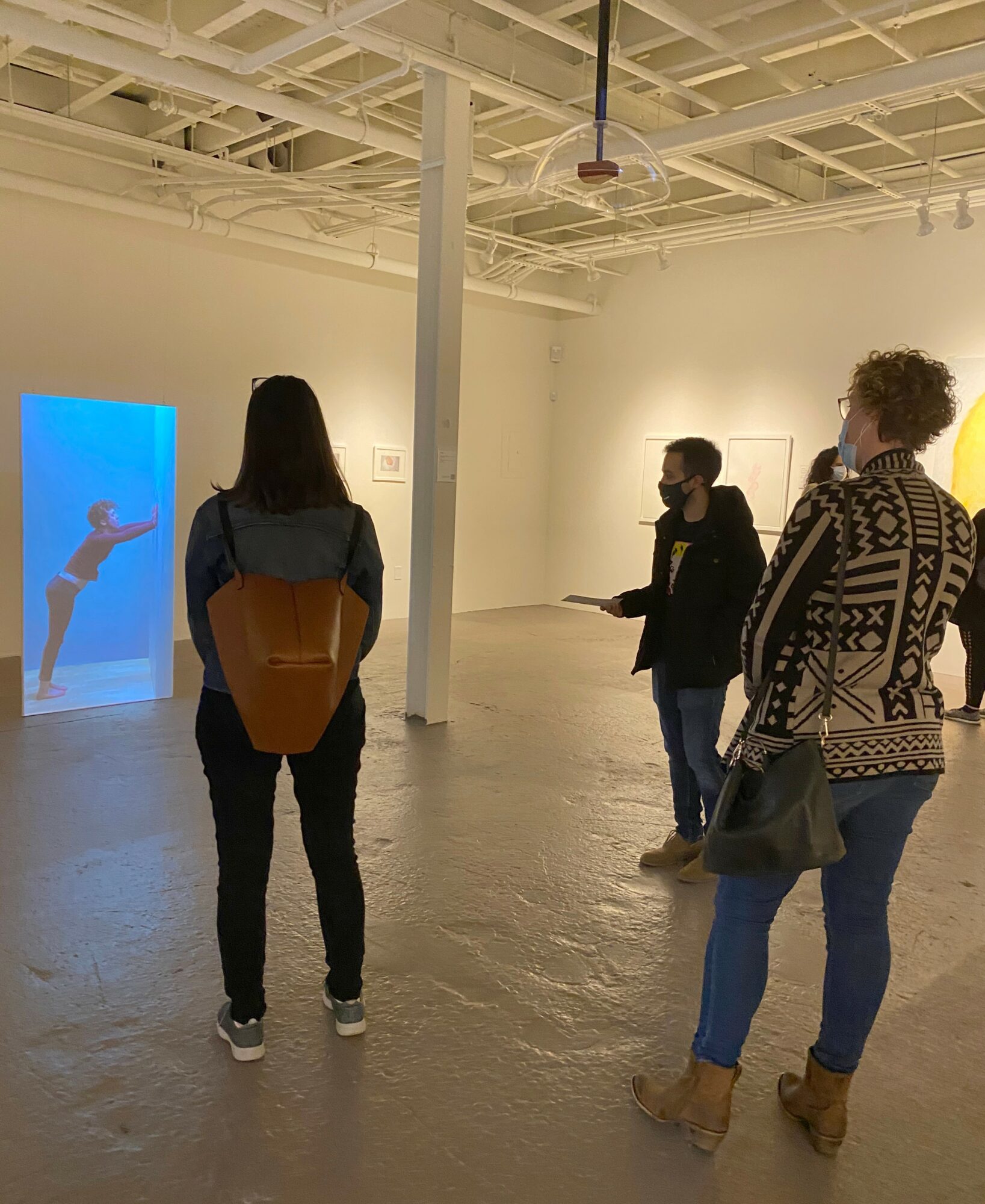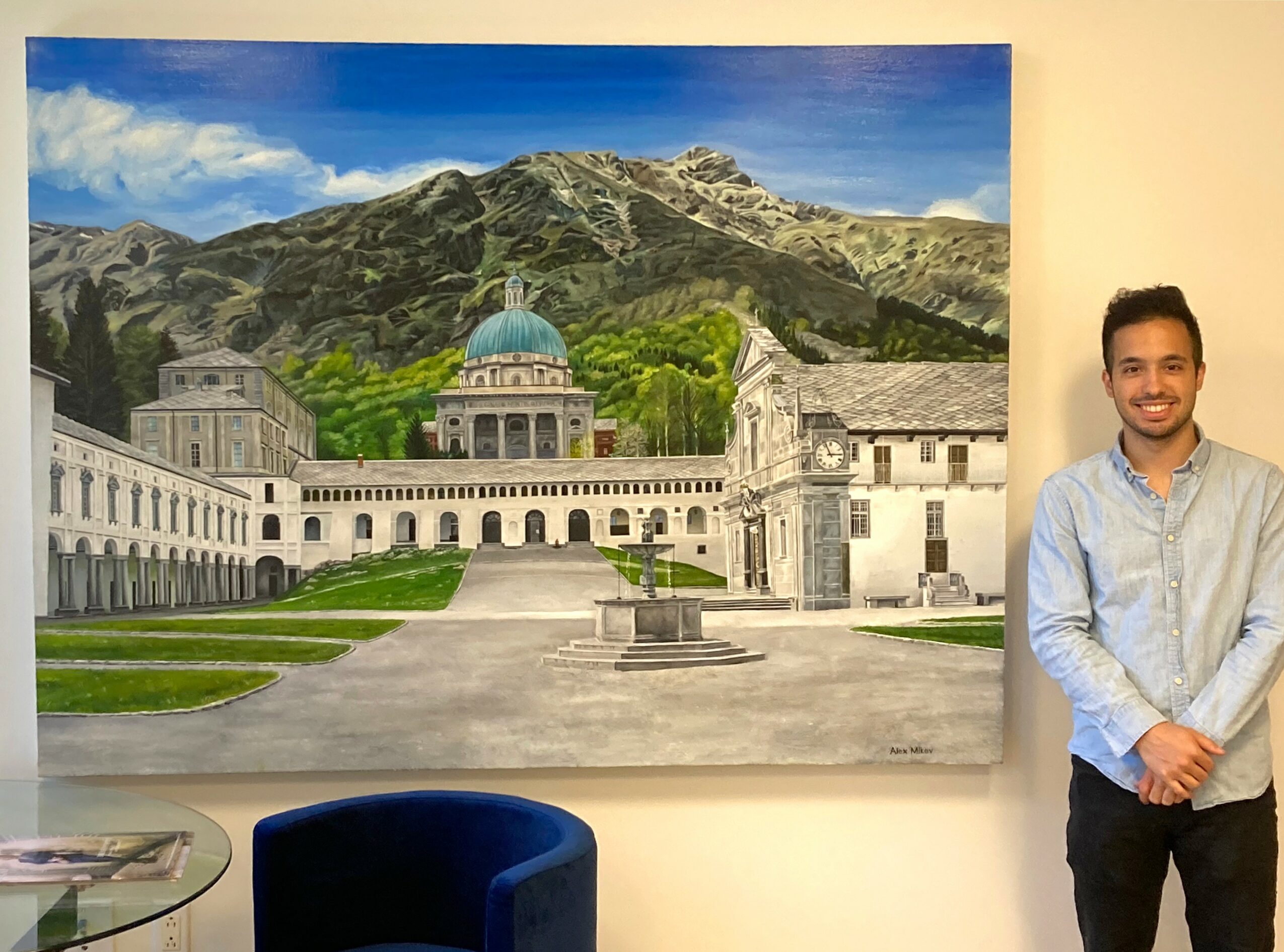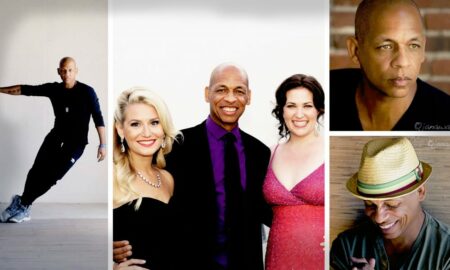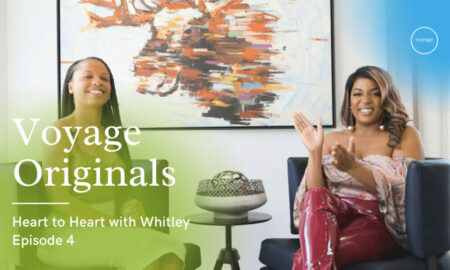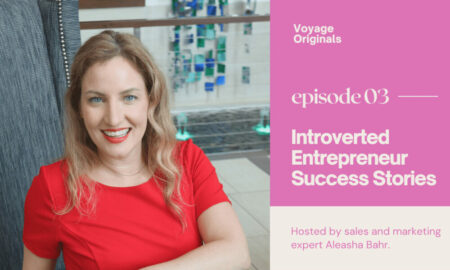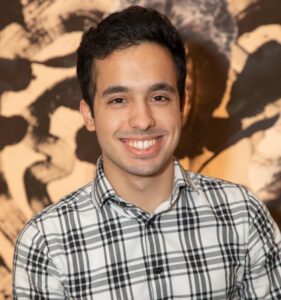
Today we’d like to introduce you to Alex Mikev.
Hi Alex, thanks for joining us today. We’d love for you to start by introducing yourself.
I focused my creativity and interest in art as a teenager in Indiana, where I had the opportunity to receive an art education in high school. I took a high school drawing class and was encouraged by my friends, teachers, and family to continue developing a natural skill of drawing that I possessed. The first drawing class led to another, and another, eventually culminating into ten studio art classes before graduation. In my family, the conversation of attending college was not “if…” but “when…”, and I decided to continue my pursuit of making art at the professional level. Amongst a few programs, I was accepted into the Parsons School of Design in New York City, where I started my college experience.
My academic experience at Parsons was rigorous and opened-ended, primarily challenging creative thought processes rather than technical skills. While I performed well as a student, my experience living in New York City felt difficult over time. The financial burden of attending and living in New York felt unsustainable, so I decided to leave that program after my freshman year. After taking a semester break in the fall, I enrolled in the School of Art at Ball State University in 2016.
While studying at Ball State University, I discovered the Intermedia Art program, which focused on making art through time-based media: video art, performance art, and more. In this program, I developed a more nuanced understanding of how art acts as a tool for interpreting and expressing views of the world. During my time at Ball State, my mother moved to Atlanta to grow her business and I became acquainted with the city over my college summers. During the summer of my Junior Year, I secured an internship at the High Museum of Art, which became my introduction to the Atlanta art community. After graduating from Ball State, I moved into my mother’s house in Atlanta to start my career.
My goal in moving to Atlanta was to build a foundation for a career as a professional studio artist. My first notable job while working towards this goal was working as an art handler/logistics manager at Hindman Auctions. Working for Hindman taught me about everything, and was in essence an “art business bootcamp” to start my career. Over the course of about two years, I did everything from physically moving and hanging hundreds of paintings to learning people skills for business development. In the summer of 2019, I was offered a new role, Business Development Manager, at FreeMarket Gallery. Currently, I work at FreeMarket Gallery managing sales of artworks, as well as finding and managing commission projects for our artists. Additionally, FreeMarket Gallery now exhibits and sells my artwork. After finishing my daily work at FreeMarket Gallery, I go home and work on producing my artwork.
Can you talk to us a bit about the challenges and lessons you’ve learned along the way. Looking back would you say it’s been easy or smooth in retrospect?
Overall, I think one of the most challenging parts of being an artist is figuring out how your creativity fits into both the world and your life. I’ve chosen to make art my career, so additionally I’ve assumed the challenge of finding where my artistic voice overlaps with public interest.
The content of my art practice centers on challenges related to the labor we perform in our lives. I’ve focused on this because I continually struggle with the narrative that creating art is illegitimate as a form of labor. The idea that artists either are living and in poverty or are successful after they’re dead undermines public confidence in the arts. This implies that the artist who achieves a sustainable career is the exception, so even if you manage to do so, you still serve as a far-fetched example for the next ambitious artist.
Especially following art school, I believe the first 3 years in the working world can be exceptionally challenging and drive out most people who aspire to be professional artists. It becomes extremely difficult to prioritize making art, while also working other jobs, managing relationships with loved ones, and taking care of yourself. The process of creating a structure to afford artmaking can be exhausting and filled with self-doubt. My approach to handling these challenges has been to work in the art world as I continue to make my own art. My auction house and gallery experience inform my decision-making as I grow my own studio practice.
Alright, so let’s switch gears a bit and talk business. What should we know about your work?
In my art practice, I’m currently exploring the challenges of performing human labor, with a specific interest in how we interact with the constraints of reality in work and life. I believe many people struggle with feelings of not having enough time and energy to do everything they feel they ought to. The irony of finite people attempting to meet infinite demands introduces a space for humor in the art, which I enjoy working with. I want to make my work broadly relatable, so I strive to use symbols and images that are accessible to a wide audience. Technically, I enjoy doing detailed drawings and also working with more experimental media, such as video and performance art. Additionally, I also do commission projects for people who want artworks tailored to their taste, such as large-scale oil paintings.
One of my recently completed works is a drawing of zero dollar bill. I redesigned the image of the US $100 Note issued from 1996-2013, removing all major symbols and leaving only essential design elements. Conceptually, I created this to speak to the potential hollowness of our work, whether that means doing work that means nothing to you or nothing to others. I’m interested how we ascertain meaning from our labor and how that labor is measured in society.
One of my favorite artworks is a video installation artwork called “Invisible Burden”, which features life-size projections of people attempting to stand upright in front of a wall. The performers struggle to hold themselves away from the wall, which in reality is the ground. Viewers watch as the individuals fight against their own body weight for as long as they can before inevitably being brought back to the wall by gravity. The life-size scale of the work gives the sense that the performer is in the room with you.
If you had to, what characteristic of yours would you give the most credit to?
I have a great support system of friends and family who have provided me with meaningful opportunities to make progress. I’ve been lucky to have supportive parents who, although may have not always understood what I was working towards, continued to support me in making, studying, and working in the field of contemporary art. Opportunities such as living at home for nearly two years with my mother, peers recommending me for job opportunities, and my first art collector commissioning works have all been essential in affording the progress I’ve made.
I believe the other and equally important quality to anyone’s success is showing up to do the work. I’ve noticed that I make progress wherever I physically show up and participate. If I find an area in my life falling behind, in my studio practice or in my personal life, I do my best to be more present. This usually means finding the right balance for how I spend my time: allocating hours into my artwork, my gallery work, or my family and friends. I believe the main reason most artists struggle to maintain a successful studio practice is because, for one reason for another, they do not allocate enough hours to creating and advocating for their work. There is a significant difference in results between the artist that spends 5 hours per week on their studio practice, and the artist that spends 50+ hours per week.
I’m working on being more patient and disciplined, knowing that progress usually happens through consistent and incremental work. This piece is the most challenging for me because I have high expectations in my studio practice. I try to make sure I just show up to do the work, receive feedback and adjust as necessary.
Contact Info:
- Website: alexmikev.com
- Instagram: https://www.instagram.com/alexmikev/
